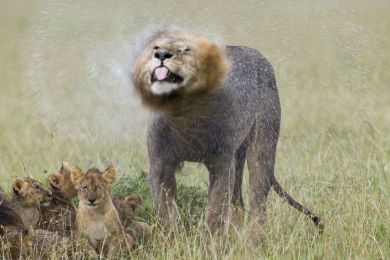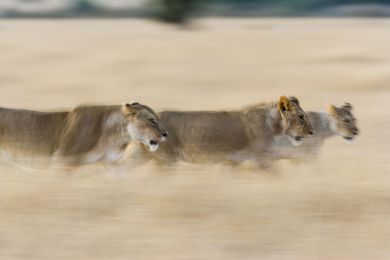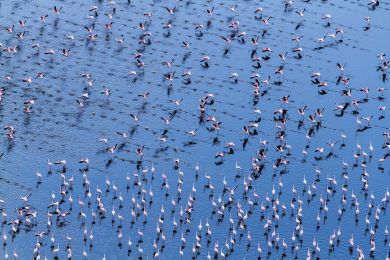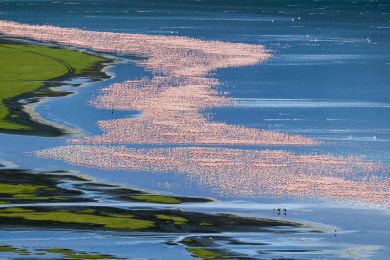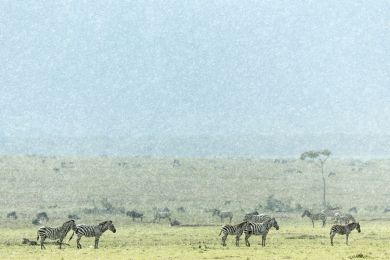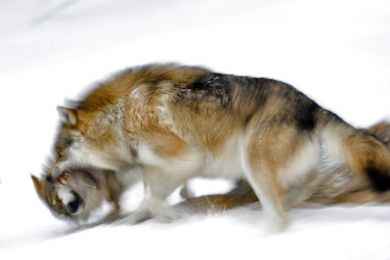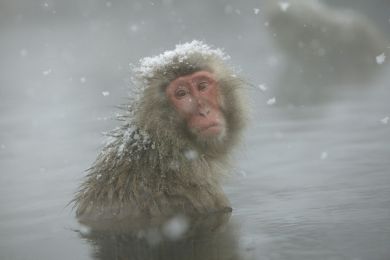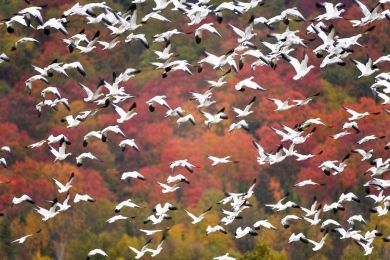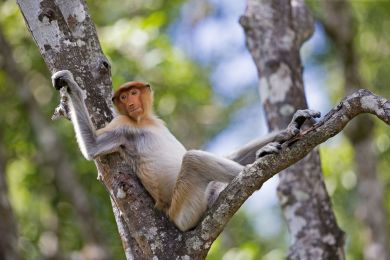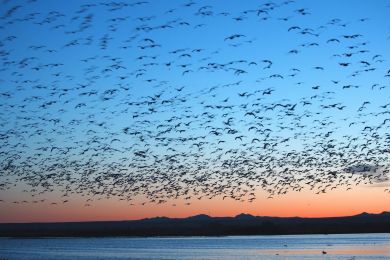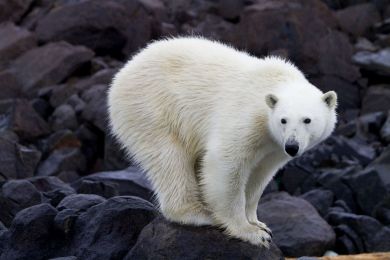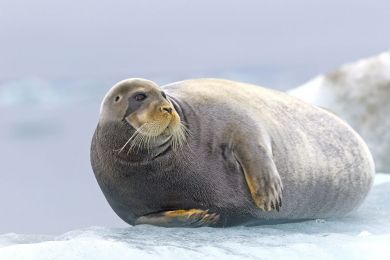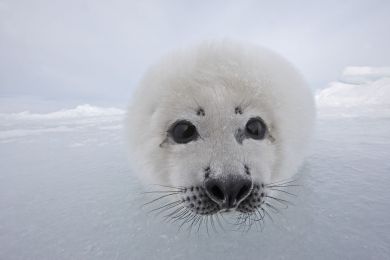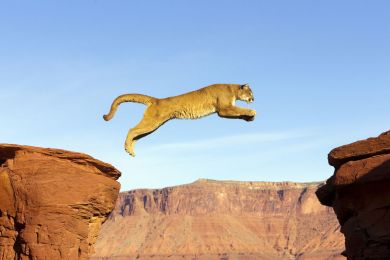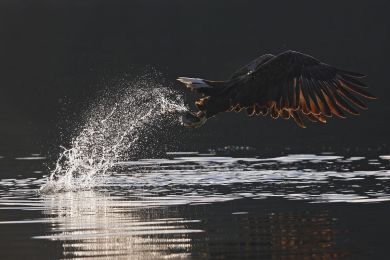By buying this product you can collect up to 155 loyalty points. Your cart will total 155 points that can be converted into a voucher of 31,00 €.
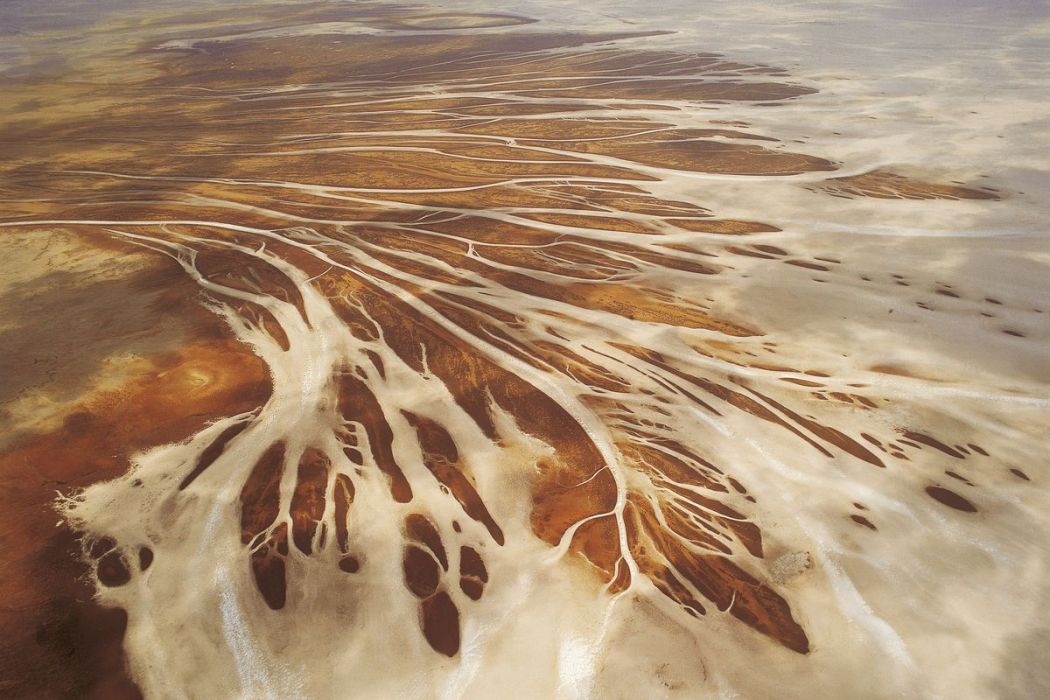 View larger
View larger
Picture information
Sebkhet Aridal, Western Sahara, Morocco
Yann ARTHUS-BERTRAND
Art Photography by Yann ARTHUS-BERTRAND, sebkhet Aridal near Cape Bojador, Western Sahara, Morocco. As it evaporated, this sebkha’s water supply (temporary salt lake) dug lines in the sand which were filled by salt deposits.
Data sheet
| Orientation | Landscape |
| Color | Yellow |
Sebkhet Aridal, Western Sahara, Morocco
Yann ARTHUS-BERTRAND
Art Photography by Yann ARTHUS-BERTRAND, sebkhet Aridal near Cape Bojador, Western Sahara, Morocco. As it evaporated, this sebkha’s water supply (temporary salt lake) dug lines in the sand which were filled by salt deposits.
Fine Art Photography
Print by Experts
100 % Made In France
A recognized expertise, a search of permanent quality.
Printed by a professional photographic laboratory.
All prints are made to order, controlled by the Technical Director.
A certificate of authenticity is provided with each photograph.
Framework made by selected materials to give you the best results. every step of the processing is monitoring by experts.
Loyalty points
Gift Card
Don't miss the opportunity to do the best present...
The whole Yann Arthus-Bertrand photos available with Hemisgalerie gift card.
Lets your guest choose the best image.
Amount from 50 €, create and download directly on our website, valid for one year including promotions.
The original gift for all events
More info
As it evaporated, this sebkha’s water supply (temporary salt lake) dug lines in the sand which were filled by salt deposits. Sebkhas can be important economic resources in places like this, in the middle of Western Sahara, a region that stretches for 1.553 miles along the Atlantic and covers a surface area as large as half of France. The subsoil of this territory which used to be a Spanish colony is rich in phosphate and has coasts full of fish. It was claimed by Morocco when the Spanish left in 1975, against the wishes of its inhabitants, the Sahraoui nomads. They are represented by the Polisario Front. Even though Morocco’s sovereignty was not recognized, it broke the Sahraoui’s resistance by building eight 300 km walls in the desert that still separate hundreds of families. Since the beginning of the conflict in November 1975, the Polisario Front has captured over 2.000 Moroccan soldiers but it released most of them after the truce agreed in 1991 with the UN’s support. There are now more Moroccans living in the region than original Sahraouis. Talks between the two sides started again in June 2007 with the hope of finding a resolution to the conflict. The UN was tasked with organizing a self-determination referendum, albeit without success. There are now more Moroccans living in the region than original Sahraouis. Around 100.000 Sahraouis are still living as refugees in Algeria. Talks between the two sides started again but, as yet, no solution to the conflict has been found. This territorial conflict is the oldest in Africa.


















































